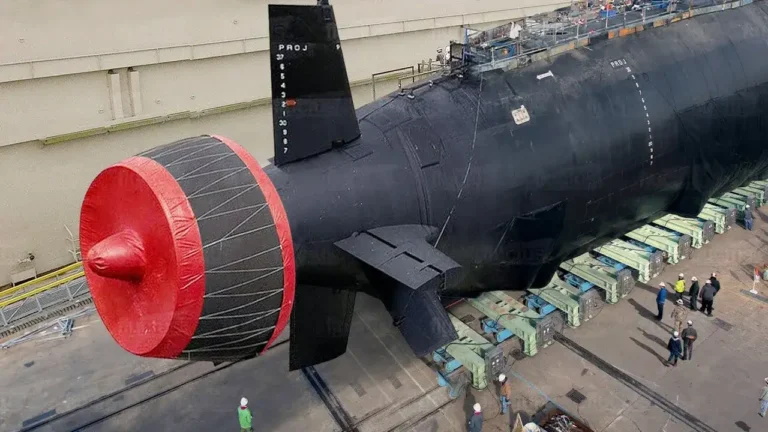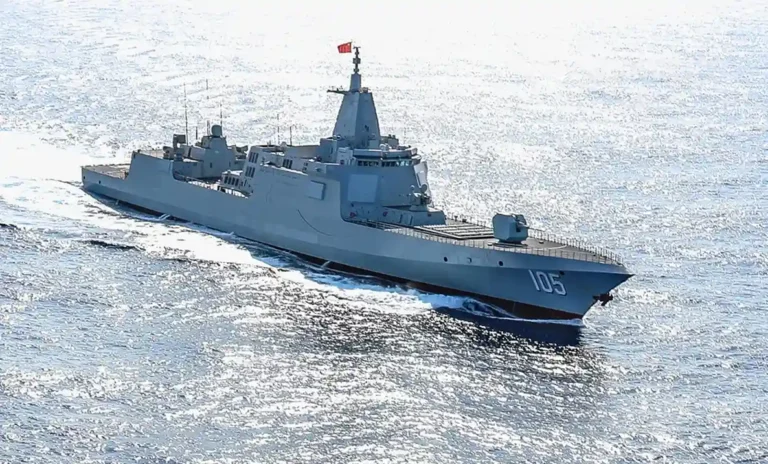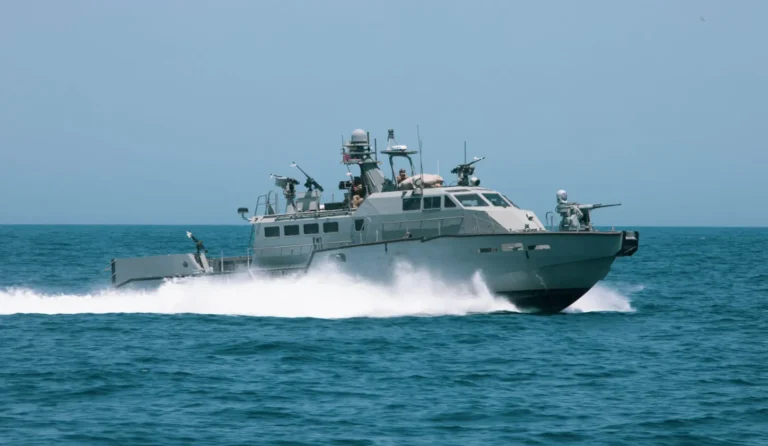Follow Us:
Share
Table of Contents:
Defense Feeds – Hello everyone, in this post, I will try to review about “the difference between a minehunter and a minesweeper. To be precise, let’s take a look on what is it to be called minehunter and minesweeper.
Interestingly, today we would like to scrutinize several distinctions of minehunter and minesweeper in terms of their historical use, how they are functioning and their role at the present time. Let’s begin this topic with the history of minesweeper use.
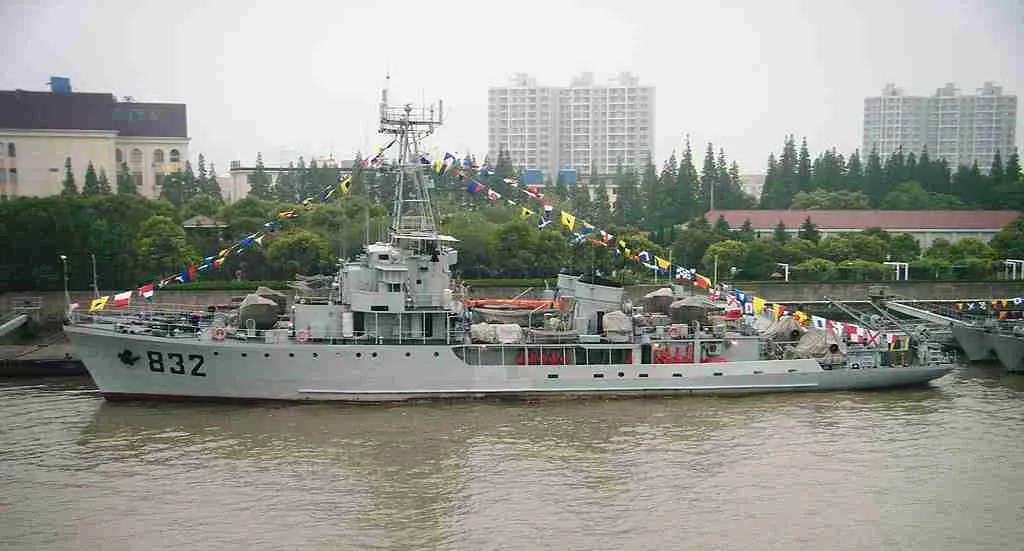
What is a Minehunter and a Minesweeper
A minehunter is a ship that searches for, detects, and destroys individual naval mines. Minesweepers, on the other hand, clean mined regions in their entirety without detecting any mines beforehand. Minesweepers are ships that are designed to sweep different types of mines.
The primary recognition of the naval mine exploration dates to the Ming dynasty. However, the record appears many decades later during the Crimiean War.
In England, prior to the commencement of World War I, the government recognized that the development of sea mines posed a threat to the nation’s shipping and began to make provisions to prevent the threat.
The real threat at the time, according to Sir Arthur Wilson, was a blockade helped by mines, not invasion. The fishing fleet’s trawlers and their trawl gear were recognized as having a natural connection with mine clearance, and trawlers were utilised to keep the English Channel free of mines.
At this point, the Trawler section of the Royal Navy Reserve’s become the predecessor of mine-sweeping units, with special designed ships and equipment to follow. The Flower-class minesweeping sloop was the first dedicated, purpose-built minesweeper to debut during World War I.
On the other hand, Following World War I, the United States recognised the dangers of naval mines and made initiatives to minimize the potential harm they may pose during warfare. As a result, the USS Lapwing (AM 1), the first US Navy minesweeper, was built in 1917 and commissioned in 1918.
History of a Minehunter
Meanwhile, the minehunter is started in the early 1980s. They were the largest warships ever assembled out of glass-reinforced plastic. The history of this ship is much more focused on its development such as the development of the Hunt class. This is a part of thirteen mine countermeasure vessels of the Royal Navy.
The capabilities of the remaining ships of the Hunt class have been significantly improved by the installation of Sonar Type 2193 and the NAUTIS 3 command system.
It is essential to note that the 2021 defence white paper announced that all the Hunt-class vessels would be retired from Royal Navy service in the 2020s since the development will be focused on the automated systems.
Anyway, are you curious on how these vessels operated? Peep read for our review below
As minehunters are frequently called upon to work in enclosed bodies of water such as shipping channels or harbors, minehunters are typically small, shallow-draft vessels.
This ship employs an imaging sonar to recognize and identify objects prior to dispatching divers or remotely operated vehicles to inspect and destroy the threats, which is frequently accomplished with small charges detonated remotely.
Minehunters are also designed to eliminate their own auditory and magnetic signatures, which are two typical types of mine triggers, because they will often be working in close vicinity to mines.
They are generally soundproofed by installing machinery on shock absorbers or by employing low magnetic electric motors with a silent electrical drive, and they normally have a wood, fiberglass, or non-ferrous metal hull. To reduce magnetic signature, they’ve been induced.
The Minesweepers
Whereas the Minesweepers are ships that are designed to sweep the waters for different types of mines. These ships are equipped with the tools necessary to successfully blow enemy mines, ensuring a safe passage for trade and war ships.
Minesweepers include “sweeps,” which seem to be mechanical or electrical devices that can deactivate mines.
The modern minesweeper is built to lower the chance of detonating mines; it is soundproofed to lower its sound signature and is often made of wood, fibreglass, or non-ferrous metal, or it is degaussed to reduce its magnetic signature.
The few remaining of modern minesweepers are equipped with innovative equipment to minimise the chance of mines detonating.
They are soundproofed in order to decrease their auditory signature, which can cause mines to explode. To minimize their magnetic signature, which also detonates sea mines, they’re mostly made of wood and glass-reinforced plastic.
Now let’s take a look at one of the examples of these Vessels.
The Osprey class are a series of coastal minehunters designed to find, classify, and destroy moored and bottom naval mines from vital waterways.
They apply sonar and video systems, cable cutters and a mine detonating device that can be released and detonated by remote control. The Osprey class is identified as the world’s second largest minehunters.
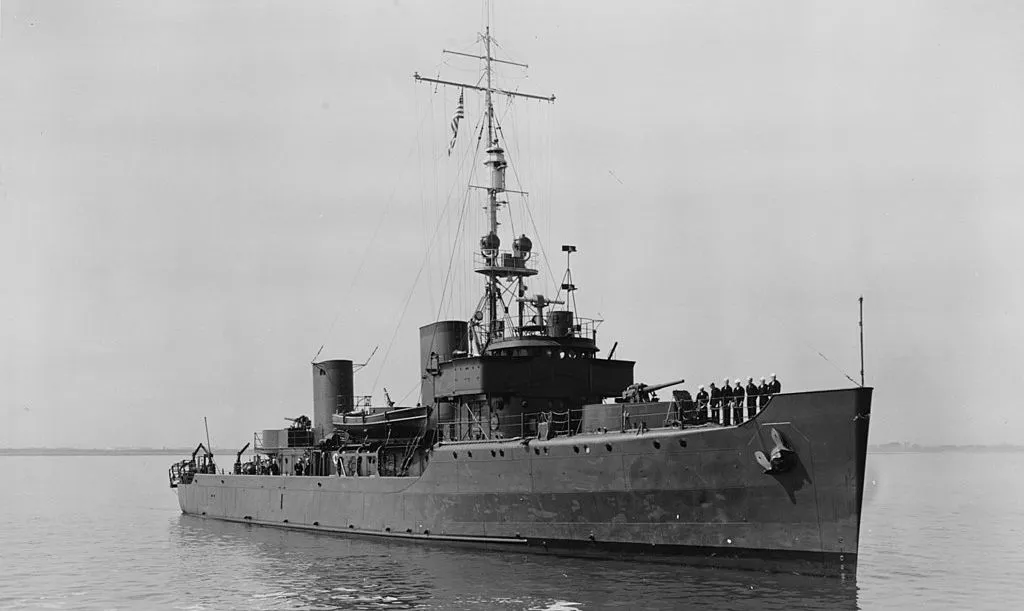
History of a Minesweeper
While the minesweeper types is identified as the Admirable class which carried a wide range of weapons, such as machine guns, artillery and anti-submarine depth charges.
The Admirable class had the most numerous ships, starting with USS Admirable (AM 136), which was built in 1942. Through 1945, another 230 steel-hulled 185-footers were completed.
There were also thirty high-speed minesweepers (DMS), converted destroyers of World War I vintage; some of them were used for training purposes.
It is important to mention that one of the notable vessels, USS Hazard (AM-240), escorted convoys from San Francisco to Pearl Harbor, then out to the South Pacific. Prior to the US assault of Okinawa in 1945, the ship participated in minesweeping and anti-submarine operations.
Well, for the last point, it is intriguing to know are they still needed at the present time?
It is important to know that Minesweepers can be just as essentially needed after a war has ended. Hundreds of minesweepers were used to clear the tens of thousands of mines that remained floating in the world’s sea lanes after WWII.
While the usage of marine mines has decreased dramatically during the two world wars. However, it would be unfair to disregard them. With speculations of massive arsenals controlled by China and Russia, as well as claims of ‘nuclear-armed’ mines in development, a modern fleet of minehunters remains vital.
Moreover, none knows how much mines remind out there in the oceans. It is estimated that there may be as many as quarter of a million mines left over from World War II, some of which are still active and pose a threat to shipping, even the two world wars in the Baltic alone could be as high as 80,000 mines.
Since 1945, mines have made sunk or even damaged more US Navy vessels than all other kinds of weapons combined, and there is strong evidence that a number of nations, including China and Russia, view them as a vital element in their naval warfare doctrine.
For this reason, the existence of Minehunter and Minesweepers are to be paramount to protect the oceans, the armed forced personnel and to have a safe passage
We’ve already came to an end, and we can identify that a minehunter, on the other hand, actively identifies and neutralizes individual mines, whereas a minesweeper doesn’t really.
Minesweepers in most of the cases are often used as complementary to minehunters, depending on the operation and the environment, for instance, a minesweeper is better suited to clearing wide open-water areas of mines.
Both of these ships are accordingly called mine countermeasure vessels (MCMV), the term applied to a vessel that combines both roles.
The example to be specific is the HMS Wilton, that was identified as the first such ship, also the first warship to be assembled from fiberglass.
Between 1980 and 1989, the Royal Navy of the United Kingdom commissioned 13 Hunt Class minesweepers and minehunters. Eight of the ships are still in service with the Royal Navy and are undergoing significant improvements.
Share
Defense Feeds
Defense Feeds is publication focusing on informing, engaging, and empowering the world by providing accurate information from defense technology.
Powered by Defense Feeds © 2025 – All rights reserved.

